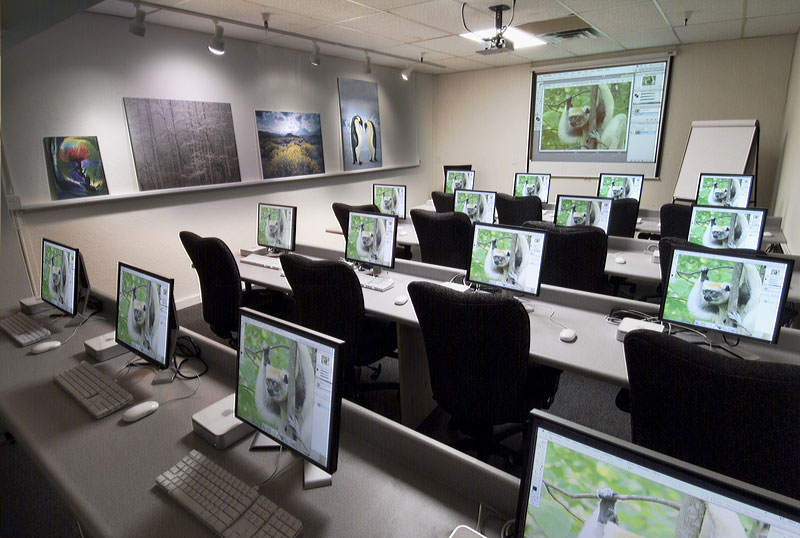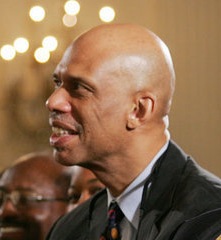In a report released by the State Educational Technology Directors Association (SETDA) in September titled, "Out of Print : Reimagining the K-12 Textbook in a Digital Age," it was said that textbooks should be a thing of the past by 2017. The report goes on to suggest that states and districts begin making the transition from print to digital instructional material with the next major textbook adoption cycle (which could be soon!), completing the transition by 2017.
Today's youth loves the digital realm and are being introduced to it at an ever-increasing younger age. Just a couple weeks I was in Toys-R-Us shopping for my nephew when I saw a toddler-proof iPad cover. I stood there for a second before telling myself, "You really shouldn't be surprised here." Take a look at the thing for yourself. This just shows that it's never too young to go digital.
Process this for a second: currently, states and districts spend around $5.5 billion on instructional material each year and many students are using textbooks with content that is seven to 10 years old. With the adoption of digital content, schools would be able to update material without any extra print costs. Hello, cost effectiveness!
Further, digital material can be more interactive than print material. Instead of being limited to text and a few illustrations, students can now access video clips, animations and virtual labs. Even better, content can be personalized to accommodate individual student learning needs and abilities. For instance, there are options to hear the text read aloud, instantly look up unfamiliar words and change the font size.
Now, to the teachers. There are major benefits for them too. With digital material, teachers won't be tied down to a singular textbook and the lessons it provides. They'll be able to bring different lessons together and will have the opportunity to get involved in creating and refining their classroom content. That has to sound good to almost every teacher out there!
The 2017 adoption target date was made so schools and districts could create a realistic plan for implementation. So of you oppose the idea of digital textbooks, it looks like they're making their way into classrooms whether you like it or not. Jumping on board might make the transition a little easier.






.jpg)




.jpg)





